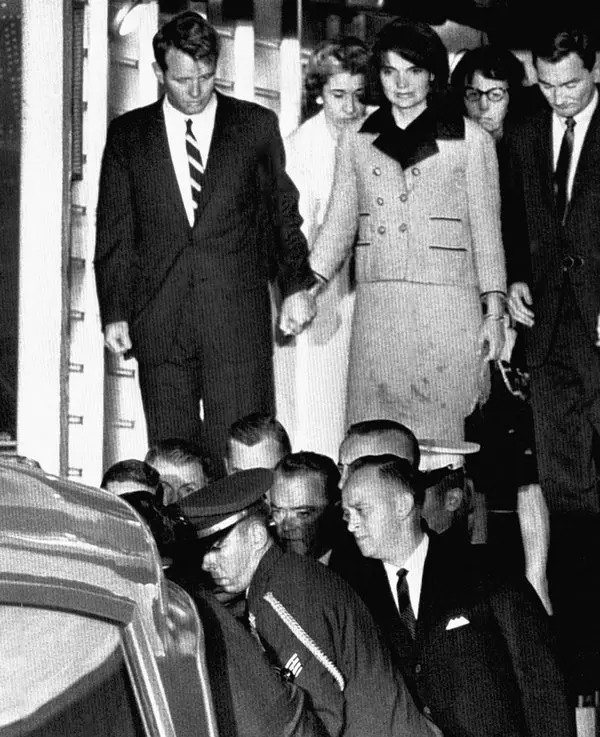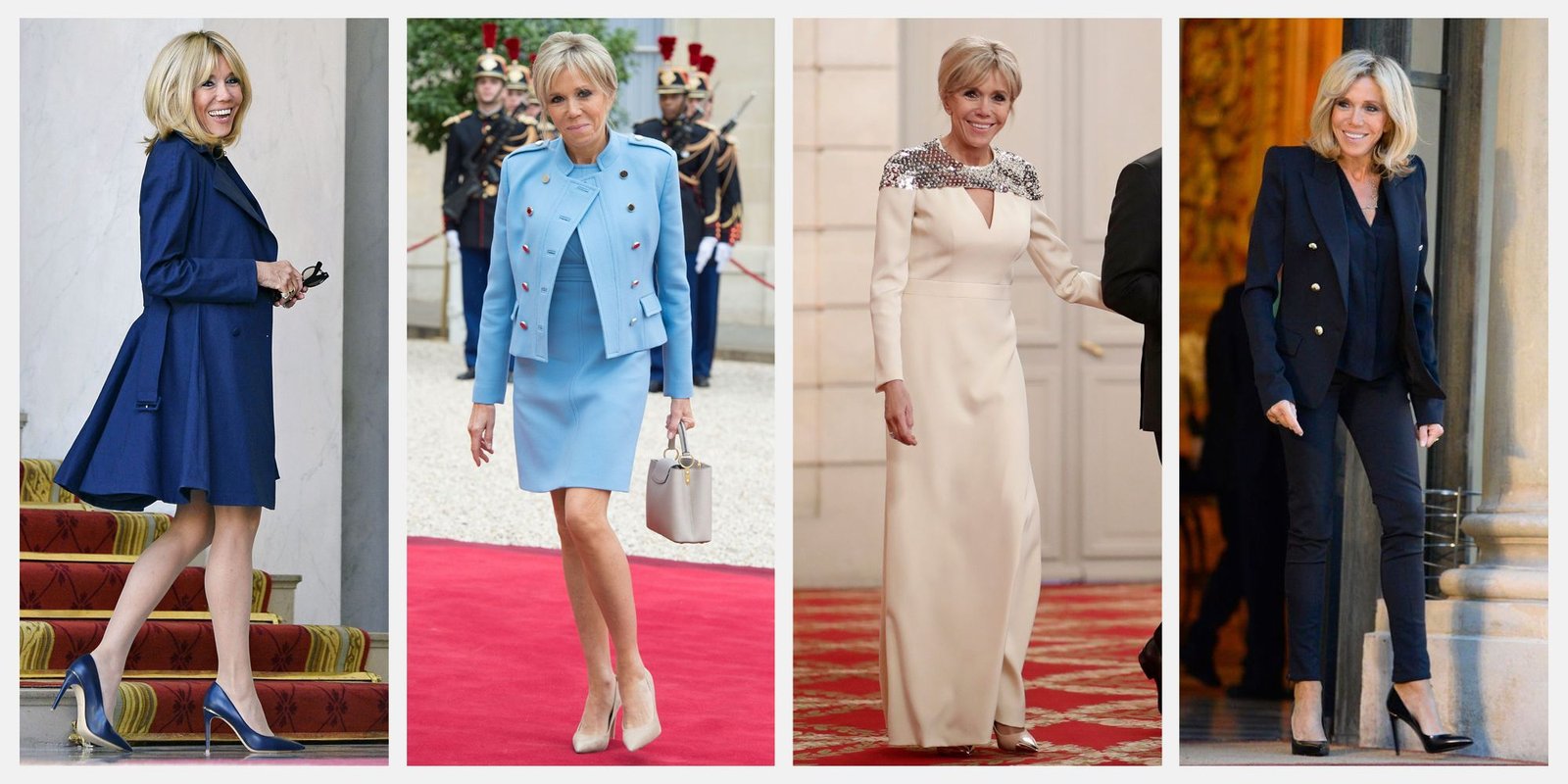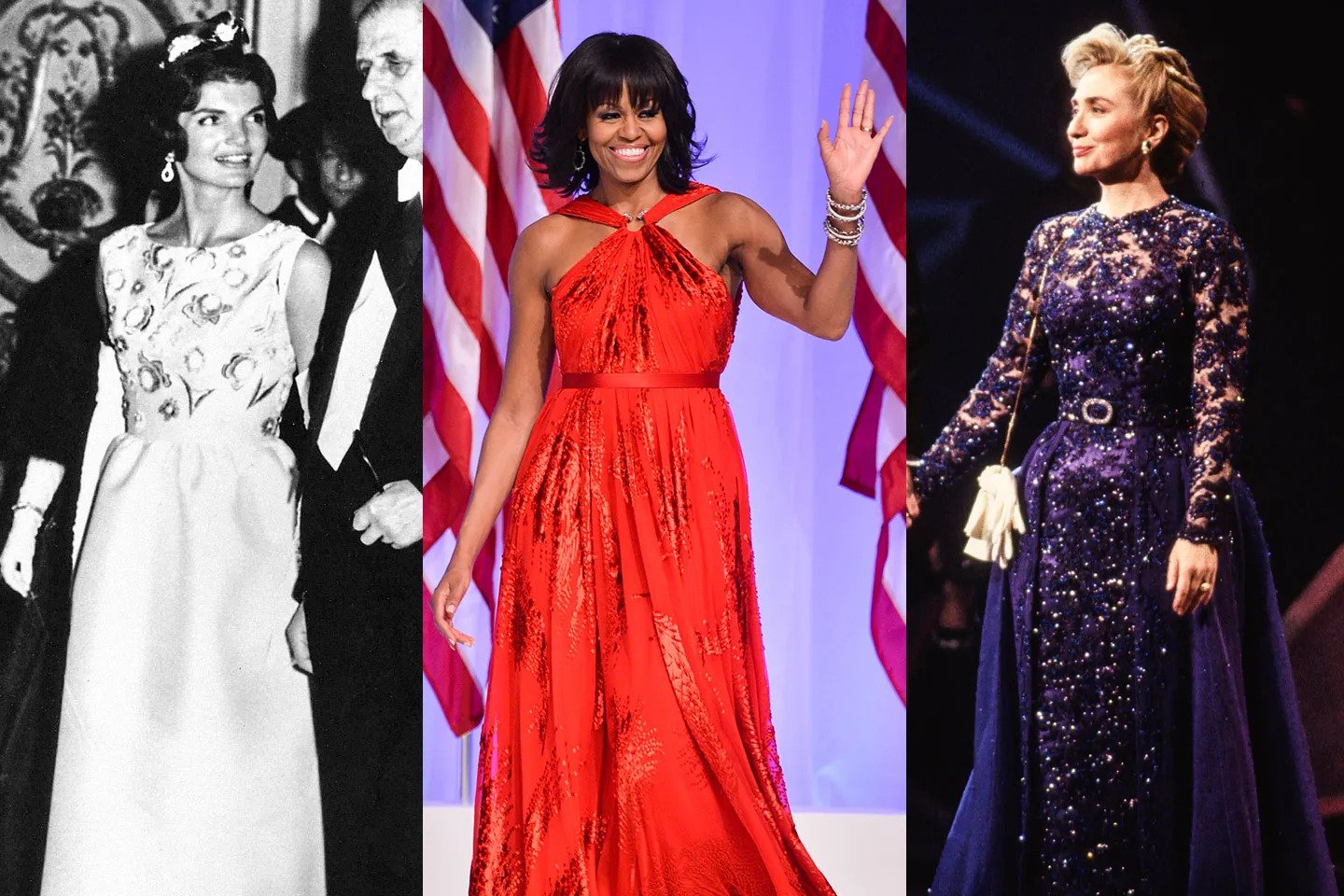The Most Powerful Wardrobes of First Ladies around the World
As the spouses of world leaders, the fashion choices of First Ladies often convey a myriad of messages about politics and culture. In late June 2023, when South Korean President Yoon Suk-yeol and First Lady Kim Keon-hee officially visited Vietnam, the media was abuzz with admiration for Mrs. Kim’s refined, elegant wardrobe and youthful appearance. This wasn’t the first time a First Lady had garnered such attention.

For decades, prominent female leaders like Jackie Kennedy, Hillary Clinton, and Michelle Obama have asserted themselves as style icons with unique and distinctive fashion statements. What they wear not only reflects their husbands’ political stances but also captivates public attention.
Why First Ladies’ Wardrobes Matter?
First and foremost, these women become the center of attention not just because of their choices but due to the aspirations of their husbands’ leadership. If their husbands win elections, they are expected to be role models for the domestic population and serve as the “image” of the nation when abroad. In short, the initial ideas of First Ladies and fashion are intertwined with representation. First Ladies always aim to present themselves in the best light, creating an image that can symbolize personality, personal beliefs, and, more significantly, an entire nation.

Furthermore, in today’s world, First Ladies themselves have become celebrities, attracting attention for various aspects like fashion, hobbies, and behavior. Fashion serves as a powerful communication tool for individuals in the public eye. When the public appreciates their clothing choices, First Ladies can leverage this to their advantage.

Michelle Obama highlighted this concept in the documentary film “Becoming.” She stated, “Fashion is not just about clothes.” Emphasizing that a First Lady can turn fashion into a tool rather than becoming a victim of it (referring to media and public judgments about dressing).
Last but certainly not least, clothing is always a part of history and serves as a “witness” to important moments. While male leaders often don suits, First Ladies become the “key visual” that helps the public recall significant events.

One iconic example is Jackie Kennedy’s pink jacket (inspired by Chanel) worn on the day her husband was assassinated. On November 22, 1963, President John F. Kennedy was shot in Dallas, Texas, while riding in a motorcade with his wife. Despite her jacket being stained with her husband’s blood, Jackie refused to change. She told The New York Times, “Let them see what they’ve done.”
Every Fashion Choice Speaks Volumes
Renowned designer Karen Gee, who has crafted wardrobes for world leaders, sheds light on the habits of First Ladies when it comes to choosing their attire. The stories of how First Ladies select their clothing reveal hidden messages and intentions.
When Jackie Kennedy traveled abroad with the President, she always insisted on wearing the colors of the host country as a sign of respect. Jackie embodied the title of “fashion icon” as a First Lady, aiming to convey the spirit of effortless beauty and chic style from French women to Americans. She set numerous fashion trends of her time, such as oversized sunglasses and the iconic Pillbox Hat.

The appearance and clothing choices of First Ladies play a crucial role in presidential elections. In 1960, during the race between Richard Nixon and John F. Kennedy, Life magazine wrote, “The standout wife of Kennedy, who always stood by her husband, attracted as much attention as he did.” At that time, J.F. Kennedy, a fresh and young candidate, accompanied by the fashion-forward Jackie, formed a charismatic pair on their way to the White House.
Meanwhile, First Lady Pat Nixon supported the peak of the women’s rights movement by forsaking elaborate dresses for pantsuits—an emblem of equality. In diplomacy, she displayed cleverness. In 1972, during a visit to China with Richard Nixon, Pat wore a long red wool coat, a color considered lucky in Asia, symbolizing the budding friendship between the two nations.

Pat Nixon has another interesting story. In 1959, amid the Cold War between the U.S. and the Soviet Union, she and Vice President Richard Nixon visited Moscow. At that time, she chose a natural silk outfit and wore an elegant hat to portray the image of a stylish and affluent American housewife. The message was clear: while Russians might lead in space research and education, they couldn’t match the Western sense of elegance in daily life. Pat Nixon’s wardrobe became something the Russians couldn’t “compete” with.

In contrast, Michelle Obama is known for her “bold” choices. She doesn’t hesitate to wear daring patterns and modern designs that her predecessors wouldn’t wear. She chose to wear purple during the meeting with Melania Trump for the power transition after Mr. Trump’s victory. Purple represents the blending of the symbolic colors of the Republican (red) and Democratic (blue) parties and is also a color of equality.

Globally, clothing choices carry diverse meanings and messages depending on the country. The wife of the French President, Brigitte Macron, has been praised for her bold appearance, defying conventions (and age) with boxy coats, standout high heels, and 1960s-style short dresses.
Wardrobe Full of Responsibilities and Hilarious Fashion Tales
Being the wife of the head of the nation and possessing a unique sense of style doesn’t always grant the First Ladies the absolute freedom to decide what they wear. Despite their responsibility to uphold and express the national spirit in their choices, First Ladies often find themselves navigating the delicate balance between personal preferences and patriotic duties.
Jackie Kennedy, for instance, admired French fashion but couldn’t exclusively don “Made in France” during her White House years. Instead, she sought the expertise of domestic designer Oleg Cassini to reimagine her wardrobe. The perspective here is that First Ladies should often showcase attire from local designers, a practice considered quite common. This is partly because part of the President’s job is to support the country’s economy, and to support their spouses, First Ladies are expected to appear in clothing from their own nation.

However, the pursuit of looking fabulous sometimes becomes a hot topic among First Ladies, as exemplified in South Korea. Kang Jin-joo, former image consultant for South Korean President Lee Myung-bak from 2007 to 2008, noted that the country had never seen a First Lady quite like Kim Keon-hee before.
“Until now, the First Ladies of the country have always represented the beauty of modesty and restraint in their attire,” Kang said. Meanwhile, Kim consistently portrays the image of a sophisticated, stylish, independent, and professional woman.

According to SCMP, in a survey by Next Research in June 2022, one month after Yoon Suk-yeol took office, out of every 10 participants, 6 suggested that Kim should maintain a humble attitude. Of the 1,010 respondents, 56.6% expressed negative opinions about Kim.
Indeed, the First Lady’s fashion choices are not just political but also complex and carry a high level of responsibility. Dr. Prudence Black of the University of Sydney, who writes about First Ladies both historically and contemporarily, observes, “For all First Ladies, their issue is finding a way to ‘fit’ into the role they are playing. At the same time, they also need to negotiate and choose appropriate spaces to ‘occupy’ and express their own style.”


